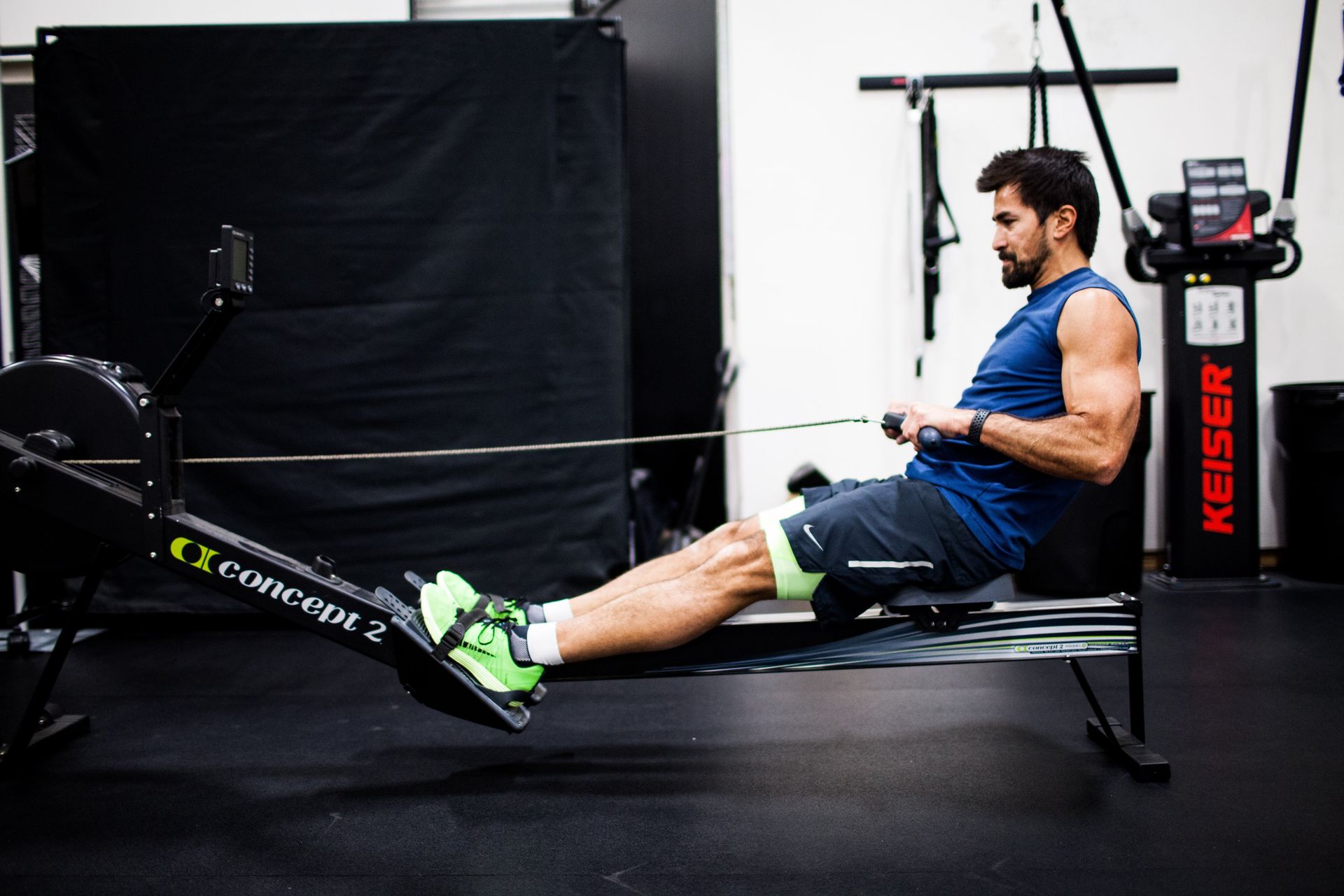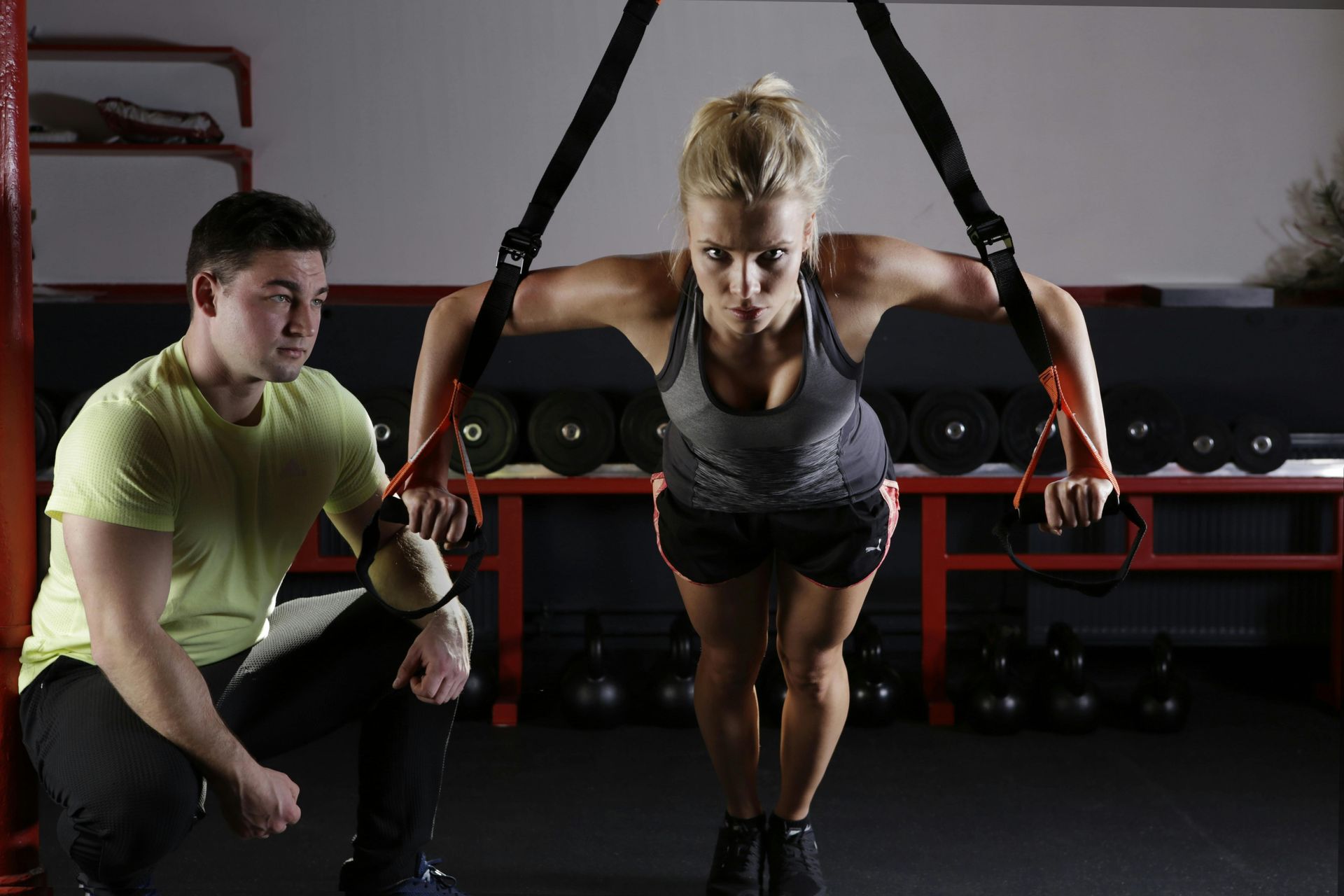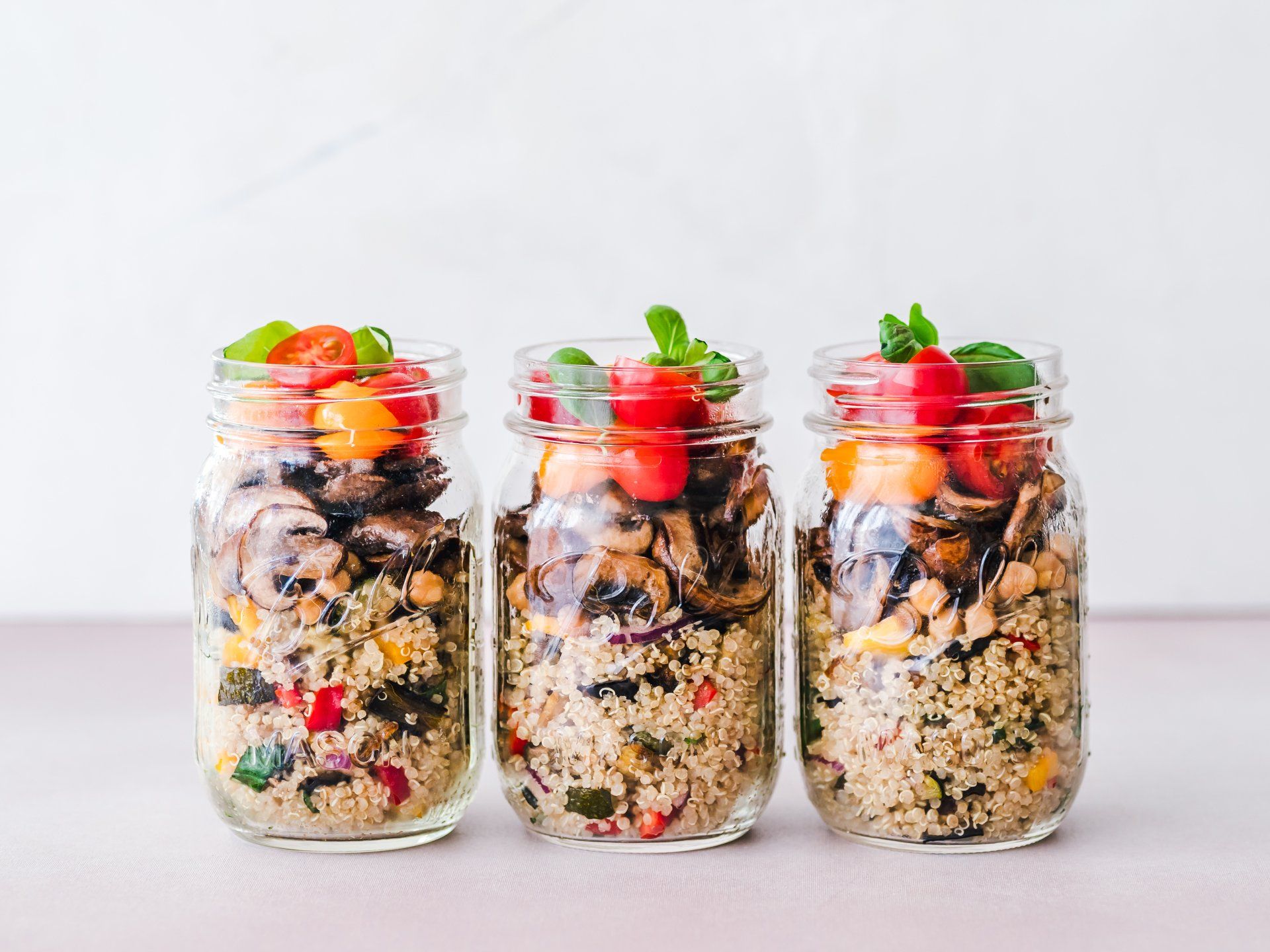My dirty little secret for fat loss success
Invariably during my Nutrition Seminars, the question of which diet is most effective is posed: Ketogenic, Paleo, Whole 30, South Beach, Atkins, the no-carb, low-carb, or slow-carb, or IIFYM (If It Fits Your Macros). This typically leads us into the following topics of discussion:
· Calories as energy
· Calories in versus calories out
· What are Macros and how are they measured
· Good versus Bad; Carbs and Fats
· Simple versus Complex Carbs
· Types of Protein
· How much Protein
And these discussions eventually culminate with someone asking, “Do I really need to count calories/macros? That sounds so daunting.”
In this first article in our, “ How to Meet Your Macros” series, we’ll address many of these questions, with a primary focus on the Protein macronutrient.
Our approach to weight management is highly individualized, we don’t believe in a “one size fits all approach” to weight loss and maintenance. Each person is different, their lifestyle, and metabolism is unique, and their goals can vary from weight loss to weight gain for a young athlete, to body composition for others.
Each person receives an individualized nutrition plan, with targeted caloric intake and macronutrient guidelines, and yes, each plan requires some level of tracking, at least to start.
Let's Talk Macros
Regardless of your nutritional philosophy, it’s obvious you need to get to know your macros.
Macros is short for macronutrients and, refers to nutrients that provide calories (energy) for bodily functions, growth, and metabolism. By definition, a macronutrient is, “a type of food required in large amounts in the human diet.” We typically refer to three main macronutrients; protein, fats, and carbohydrates. Alcohol is a fourth macronutrient containing 7 calories per gram, and water is sometimes referred to as a macronutrient, although not an energy-providing nutrient.
Although both Carbohydrates and Protein have an equal 4 calories per gram, Fats are more than double that amount at 9 calories per gram.
In our experience, the macro which is most often under-consumed is Protein. We all seem to reach our Carbohydrate and Fat targets with relative ease, but many find it more difficult to achieve targeted protein levels. And, that can be problematic. Let’s explore sources of protein, quality protein, the RDA for protein versus our philosophy, and how to compute your protein as a percentage of caloric intake.
Popular Sources of Protein
Today we have any number of options to meet our daily protein requirements. These options include whole foods, and convenient supplements such as whey concentrate, whey isolate, grass-fed whey, casein, and plant-based powders; protein bars, cookies, bites, and ready-to-drinks. So, what is the best way to meet your required intake? By the way, just what is your daily requirement? We’ll answer these questions and provide helpful tips on how to structure meals for optimal consumption.
Whole Food Sources of Protein
Just a bit of science about protein. Of the 20 amino acids necessary for life, your body only produces 11 of them. The other nine amino acids are known as essential amino acids and must come from your diet in the form of dietary protein.
Your first priority for proteins should be real foods; organic, free range, or grass-fed whenever possible, such as:
• Meat
• Dairy
• Poultry
• Fish
• Eggs
These and other animal-based proteins are considered complete proteins as they contain all the essential amino acids required by your body.
Other real food protein sources are considered incomplete proteins as they do not contain all nine essential amino acids.
• Legumes
• Nuts
• Seeds
• Grains
Whole Food vs. Supplementing with Protein
Athletes and nutritionists have an ongoing debate as to whether protein supplements are necessary, and the recommended amount of protein. Nutritionists believe that protein requirements can and should be met through whole food sources. We tend to agree, however, acknowledge there is a time, and a place, where the convenience of protein powder to supplement your food intake is warranted.
Protein is necessary for numerous bodily functions. Whether you want to gain lean muscle, lose weight, recover from strength training, or just maintain good health, you’ll need to meet your macro for protein, either from food or with supplementation.
The RDA for Protein - Is It Enough?
The U.S. Recommended Dietary Allowance (RDA) for protein is 0.8 grams of protein per kilogram of body weight. The RDA is the amount of a nutrient you need to meet your basic nutritional requirements. To determine your RDA, you can multiply your weight in pounds by 0.36. Example, 180 lb. Male: 180 lbs. X .36 grams = 64.8 grams of protein, from any source.
At Decater Nutrition, we contend that the RDA provides too little protein and that taking up to twice the RDA of protein “is a safe and effective range.” At double the RDA, in the above example, you would consume roughly 21.5% of your total daily caloric intake in protein. Consider that on a keto diet about 20% of calories come from protein, and Keto is a high-fat, moderate protein, and low-carb diet.
Calculating Your Caloric Intake From Protein
For this example, we’ll use a typical macro set for a ketogenic diet, 70 - 75% fats, 20% protein, and 5 - 10% carbohydrates.
We’ll assume our targeted caloric intake is 2,400 calories for a male and 2,000 calories for a female. Using these numbers, the targeted protein intake for a man will be 120 grams of protein (480 calories) and 100 grams, (400 calories) for a woman.
(2,400 calories X 20% = 480 calories, divided by 4 calories per grams, equals a target of 100 grams for the male; and 2,000 calories X 20% = 400 calories, divided by 4 = 100 grams for a female).
Sample daily menu :
Breakfast: 2 whole eggs = 12 grams, 48 calories
1 cup milk = 8 grams, 32 calories
Lunch: 3 oz. Chicken = 19 grams, 76 calories
Dinner: 6 oz. Salmon = 42 grams, 168 calories
Total protein intake from whole foods for the day = 81 grams or 324 calories. This example leaves our male short of protein by 39 grams, 156 calories, and our woman short by 19 grams, 76 calories.
Protein shake anyone?
Some Thoughts On Timing To Optimize Protein Consumption
You may want to consider, or perhaps test, some of the following options:
If you train in the morning, especially strength training, we recommend you take on protein before heading to the gym. A relatively fast absorbing whey isolate, whey blend, or hydrolysate may be the ideal choice. 20 – 25 grams
One of the most important meals of the day is your post-workout meal. After training, the body is primed for nutrient uptake. This is an ideal occasion for a fast digesting protein shake. A whey isolate, whey blend, or hydrolysate would be ideal. 20 – 25 grams
For those concerned with maintaining or gaining lean muscle, we also suggest you consider protein before bed. You will be fasting the next seven to eight hours and this is the ideal time for a slow digesting protein. So, before bed, we suggest a milk protein, preferably one that includes casein, or a whole food substitute such as a cup of low-fat or no-fat cottage cheese.
We hope this brief article helped you to better understand proteins and how to you’re your protein macros.
For more information on macronutrients in general or protein in particular, visit our site at www.DecaterFitness.com or visit us in the facility.
And, don’t forget to ask about the first issue of our new Definite Nutrition Guide Series - Protein Powders.














